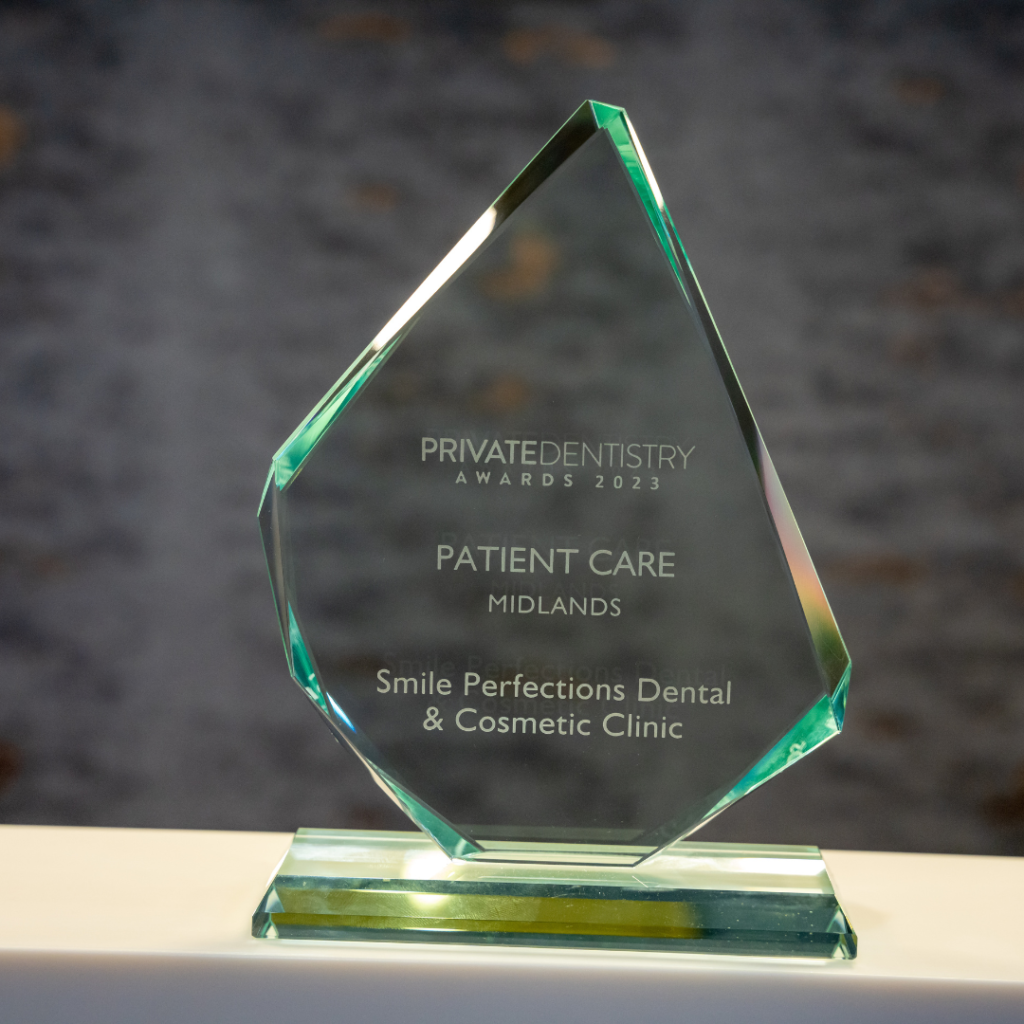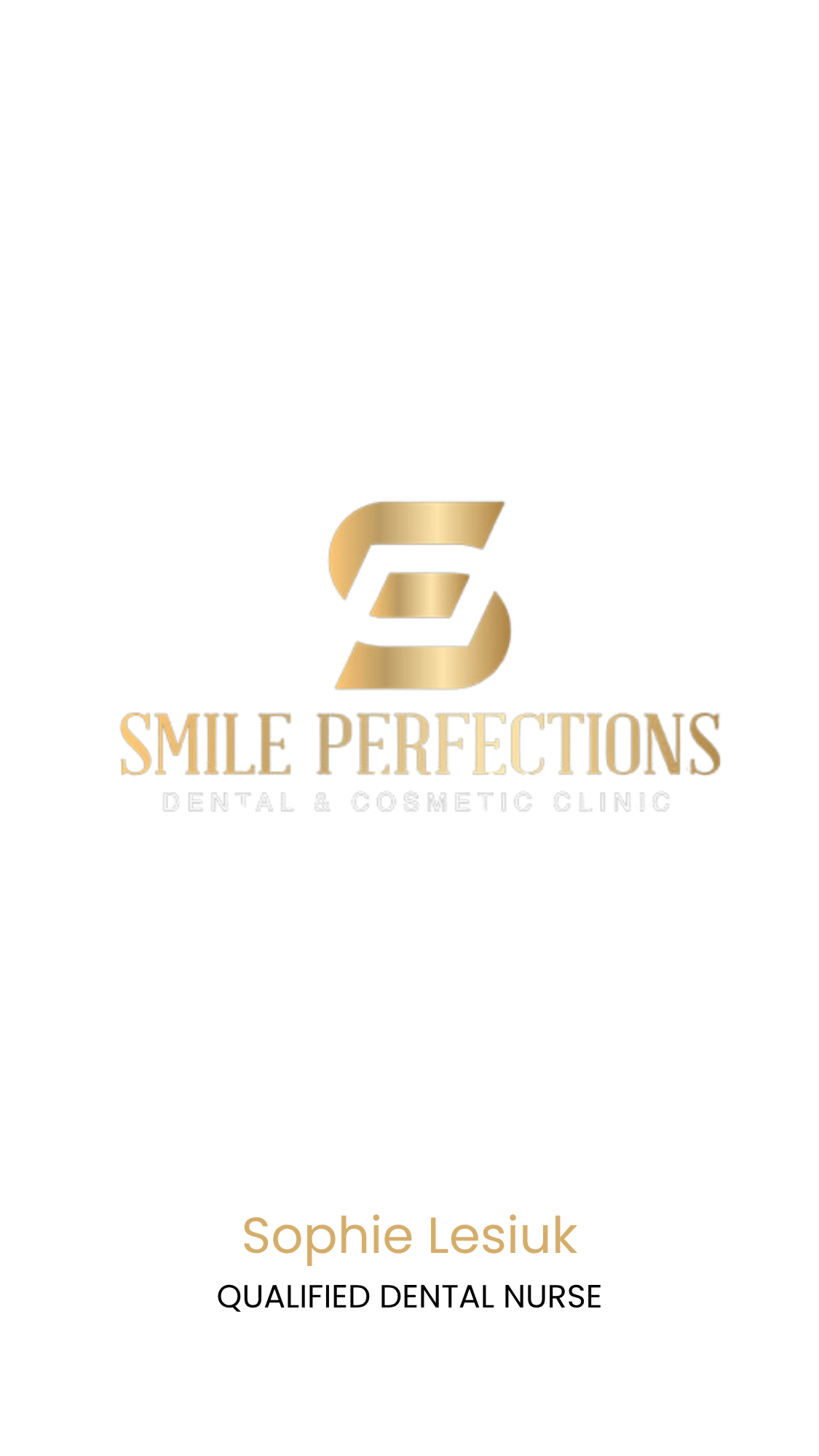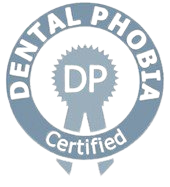Tooth Extraction in Leicester
Tooth extractions are sometimes necessary to protect your oral health and alleviate discomfort. At our dental practice based in Oadby, Leicester, we provide safe and comfortable tooth extraction services that suit your needs.

Relieve pain & discomfort
Extractions can eliminate persistent pain caused by decay, gum disease, or impacted teeth, giving you immediate relief.

Create space for a perfect smile
Tooth extractions help make room for orthodontic treatments, ensuring proper alignment and a beautifully straight smile.

Prevent future complications
Removing problematic teeth, like impacted wisdom teeth, avoids issues such as overcrowding, misalignment, and damage to neighbouring teeth.

Protect your oral health
Removing damaged or infected teeth prevents the spread of infection and preserves the health of surrounding teeth and gums.
Painless tooth extractions at Smile Perfections
We use advanced techniques and high-quality care to ensure your extraction experience is as seamless as possible.
Our priority is preserving your overall dental health while ensuring your comfort every step of the way.
Rest assured, we’ll explore all treatment options before recommending an extraction, so you can feel confident you’re making the best choice for your smile.
Restore your smile after an extraction
After a tooth extraction, restoring the function and appearance of your smile is an important step in maintaining your overall oral health. That is why we offer a range of dental restoration options to help you regain a complete, natural-looking smile.
If you would like to find more about our restorative treatments, click on the preferred treatment and it will take you to an individual page with information about each treatment that will help you make an informed decision.


Types of tooth extractions available at Smile Perfections
Simple extractions are performed on teeth that are fully visible and have erupted through the gums. Using an instrument called an elevator, the dentist loosens the tooth before removing it with forceps.
This minimally invasive procedure is ideal for teeth with straight roots and no structural complications, such as fractures or impaction.
Surgical extractions are required for teeth that are impacted (stuck beneath the gum line) or broken at the gum line, making them harder to access.
This procedure involves making an incision in the gum and sometimes removing surrounding bone.
Commonly used for complex cases like impacted wisdom teeth or teeth with curved roots, surgical extractions may involve sectioning the tooth into smaller pieces for easier removal. The choice of extraction type depends on the condition of the tooth and surrounding tissue.
How we guarantee your comfort during a tooth extraction
- Advanced anaesthesia techniques
- Sedation options available
- Skilled dentists
- Post-extraction support
- Personalised care

Bringing smiles to life!








Have a question?
FAQ
We are here to help you! Find the answers to some of the most asked questions here.
No, tooth extractions are not typically painful because dentists use local anaesthesia to numb the area. At Smile Perfections, we ensure your comfort by employing gentle techniques and, if needed, sedation options. You might feel some pressure during the procedure, but pain is minimised. Any post-extraction discomfort can be effectively managed with prescribed aftercare.
The risks of tooth extraction include dry socket (when the blood clot is dislodged), infection, prolonged bleeding, or rare cases of nerve injury. At Smile Perfections, our skilled team takes every precaution to minimise these risks. We provide detailed aftercare instructions to ensure a smooth recovery and are always available to address any concerns.
The recovery process involves resting for 24–48 hours and following your dentist’s aftercare advice. Swelling and minor discomfort are normal and can be managed with ice packs and over-the-counter pain relievers. At Smile Perfections, we monitor your healing progress and provide tips for a smooth recovery, like eating soft foods and avoiding smoking.
Gum tissue typically heals within 1–2 weeks after a tooth extraction, but complete healing of the bone can take several months. Smile Perfections recommends follow-up visits to check your progress and discuss restoration options if needed.
Swelling after a tooth extraction is normal and usually peaks within 24–48 hours. It should gradually subside within a few days. Bruising may also occur, especially with surgical extractions, and fades within 7–10 days. Smile Perfections advises using ice packs to minimise swelling and discomfort.
Pain can be managed with over-the-counter medications like ibuprofen or paracetamol. Applying cold compresses and resting for the first 24–48 hours also helps. At Smile Perfections, we provide personalised aftercare plans to ensure you’re comfortable during recovery.
Dos: Rest, eat soft foods, and keep gauze in place to control bleeding.
Don’ts: Avoid smoking, using straws, or eating hard foods, as these can disrupt healing. Smile Perfections provides detailed aftercare guidance to help you recover smoothly.











